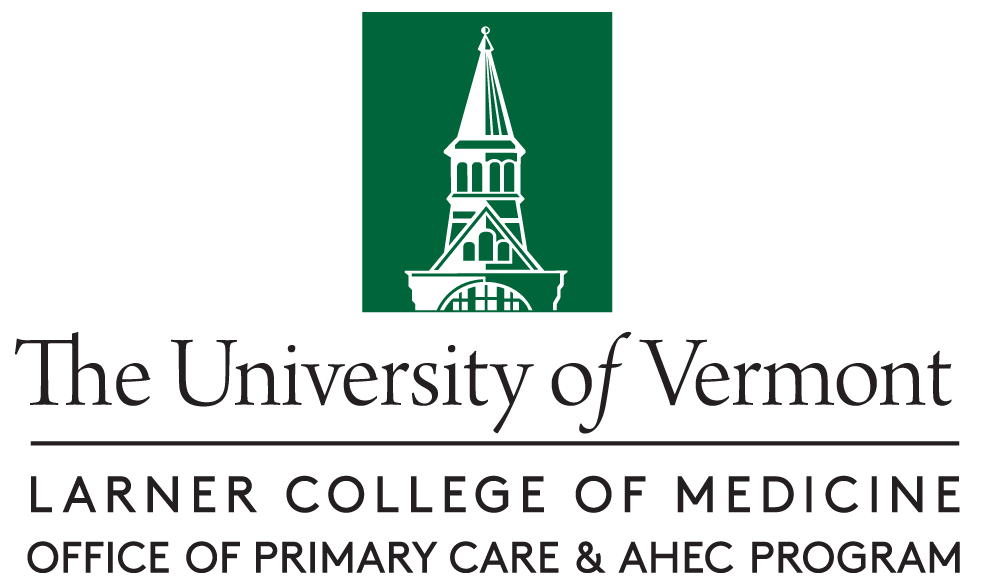
UVM AHEC
Document Type
Presentation
Publication Date
2023
Focus Area
Medical Practice Transformation, Primary Care
Abstract
Introduction: Adults with communication impairments encounter obstacles in accessing high quality healthcare. While having a companion accompany a patient during clinic visits is a potential solution, the literature suggests that the efficacy of this strategy remains unclear. We sought to determine patient preferences regarding the roles of a communication companion and other approaches to overcoming communication challenges.
Methods: The Patient-Provider-Companion survey was provided to adult primary care patients during check-in at five urban and rural practices in northern Vermont. The survey offered a checklist of options regarding the roles a companion may play to improve communication during a visit, including active roles such as speaking for the patient, or more passive roles such as taking notes. Other questions assessed how best to communicate health information after a visit. All responses were collected anonymously and analyzed using descriptive statistics.
Results: Of the 179 survey respondents, the mean age was 55 (range 19-94), with 65% women. Eleven percent of respondents brought a companion to the visit, and the most highly endorsed companion roles were: “helping understand what the doctor says or means” (63%), and “prompt or remind to ask questions” (68%). Additionally, 105 patients provided their preferences for healthcare communication: 50% wanted key takeaways at the end of the visit, and 46% wanted time to summarize back what they heard. Fewer than 10% requested specific aids such as use of a clear mask or an amplifier. Among the 46 respondents who endorsed a method of keeping family up to date, the most common preference was to “read notes and instructions via the patient portal” (77%).
Conclusions: Patient accompaniment to a primary care visit is common. Among accompanied patients, we identified preference for the roles a companion may play, which included strategies to help the patient understand as well as help with being understood. Asynchronous communication through the patient portal to the medical record is highly endorsed and deserves further exploration as an option for patients with communication disabilities. Bringing a companion and using the patient portal are customizable, patient-centered strategies that can be appropriate for people with unique and overlapping communication disabilities.
Creative Commons License

This work is licensed under a Creative Commons Attribution 4.0 International License.
Recommended Citation
Advant, Anika; Babb, Georgia; Kruglik, Christopher; Lamarre, Taylor; Vien, Peter; and Maclean, Charles D. MD, "Assessing Patient Preferences for Communication Companions in Primary Care" (2023). UVM AHEC. 7.
https://scholarworks.uvm.edu/uvmahec/7


Comments
AHEC Summer Project
Project was presented at The Third Annual Disability Advocacy Coalition in Medicine Interprofessional Virtual Conference: Intersectionality in Disability Medicine, October 28, 2023